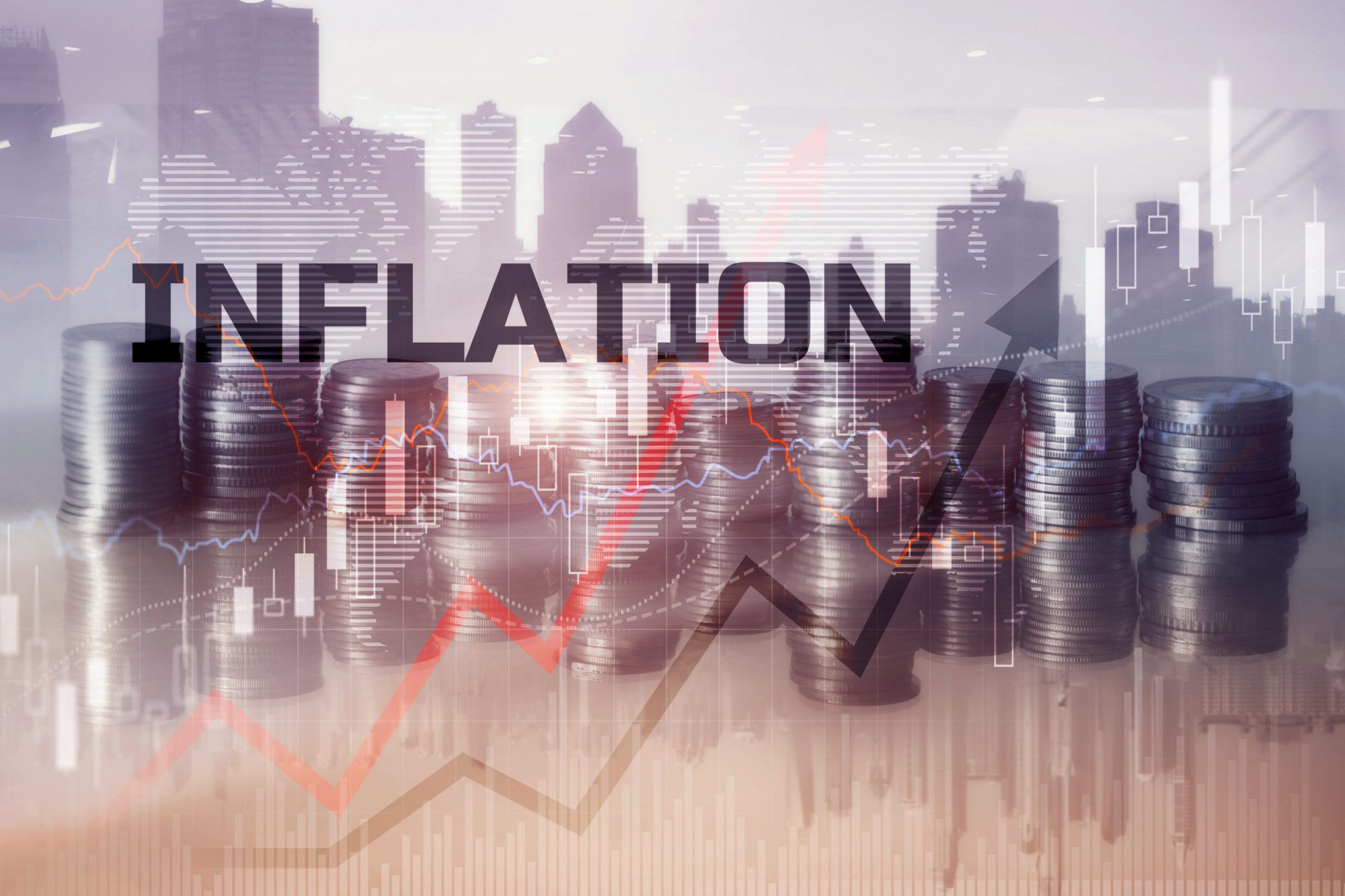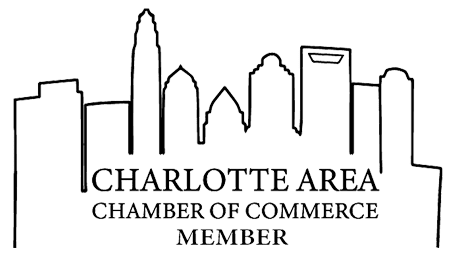
Over the past year, inflation has become a growing concern. Inflation issues have largely resulted from a culmination of labor and supply trends brought on by the COVID-19 pandemic. Additionally, they are clearly reflected within the country’s rising Consumer Price Index (CPI). According to the latest data from the Bureau of Labor Statistics (BLS), the CPI for all urban consumers surged by 7% in 2021. This represents the largest increase over a 12-month period since 1982.
Inflation issues could create a number of challenges in the commercial insurance market. This will affect both insurers and their policyholders. With this in mind, it’s crucial for insureds to have a clear understanding of inflation. Plus, they should take steps to ensure adequate coverage during these difficult market conditions.
Review the following article to learn more about the primary reasons for current inflation issues. Learn how these issues affect the commercial insurance market and what policyholders can do to mitigate related coverage concerns.
Key Causes of Inflation
Several factors have contributed to rising inflation concerns—namely, widespread labor shortages and supply chain disruptions amid the ongoing COVID-19 pandemic. Here’s a breakdown of these factors:
Labor Shortages
The past year has seen labor shortages in nearly all sectors. In fact, a recent study from the Society for Human Resource Management found that almost 90% of businesses are having a hard time filling open positions. There are various reasons for these widespread labor shortages. Primarily, the impact of the pandemic has caused many workers to reevaluate their employment priorities. This has made unemployed individuals apprehensive of returning to the workforce. The proportion of people who have been out of work for six months or longer is at its highest point in 60 years. These labor shortages have led to substantial struggles for businesses. Often, this has caused production or project delays and forcing some employers to increase their salary offerings to retain or attract workers. Such trends have ultimately ramped up overall labor costs and created subsequent inflation concerns.
Supply chain disruptions
Since the initial onset of the pandemic, a range of supply chain disruptions have taken place. The majority of these issues stemmed from increased demand for various items and materials, amid a slowdown in production and lack of availability during pandemic-related closures. Even as businesses have resumed their normal operations and increased production levels, consumer demand for certain items and materials has continued to outpace inventory. This is likely attributed to a greater number of consumers making large purchases from accumulated savings throughout the pandemic. In response to these supply chain concerns, the cost of many items and materials across industry lines have soared to help offset demand, thus contributing to inflation issues.
Looking ahead, both economists and the federal government anticipate supply chain conditions to improve in the latter half of 2022. This should lower the risk of disruptions and help ease inflation concerns. Yet, a combination of continued labor struggles and other lasting impacts from COVID-19 are expected to keep the inflation rate above pre-pandemic levels through at least 2023. As such, inflation issues may persist for the foreseeable future.
Impact on the Commercial Insurance Market
Rising inflation concerns can pose several difficulties in the commercial insurance market. Looking back, when prolonged inflation issues took place between the 1970s and 1980s, the insurance industry faced numerous consequences. Specifically, the commercial insurance market encountered reduced reserve levels, unpredictable claims trends and weaker underwriting performance. All of which have caused major losses for insurers and greater coverage challenges for policyholders.
It’s important to note that the insurance industry as a whole is currently better positioned to incur losses to its reserves. This is compared to previous periods of extended inflation due to outsized investment gains. Furthermore, advances in financial reporting processes have given insurers additional capabilities to identify and respond to loss trends. However, uncertainty surrounding how long existing inflation issues will last could eventually cause problems in a number of areas. Both the long-term stability of the insurance industry’s reserve levels and underwriting profitability will suffer. Taking a closer look at specific lines of coverage, the following markets are at risk of being impacted by rising inflation:
Commercial property
Within the commercial property insurance space, the cost to repair or rebuild structures following a loss has soared. Worker shortages within the construction industry have led to increased labor costs. At the same time, supply chain issues caused the price of these items to skyrocket. This is largely due to various essential building materials increased in cost. In particular, the National Association of Home Builders reported that the costs of lumber and steel have more than doubled during the pandemic.
Such inflation is further evidenced by the latest BLS data, which shows a substantial CPI increase over the past year for a number of structural elements. This includes floor coverings, window coverings, major appliances and overall construction materials. Amid elevated property loss costs, insurers may experience poor underwriting results. This is motivating them to increase policyholders’ premium expenses and introduce additional coverage restrictions. Heightened repair and rebuilding costs increase overall claim severity, so policyholders may also encounter underinsurance concerns. This is especially likely following larger property losses.
Commercial Auto
In the commercial auto insurance market, vehicle repair expenses and subsequent claim costs have surged. This trend is predominately caused by worker shortages in the auto industry. This is generating elevated labor costs and supply chain disruptions for several critical vehicle parts (and vehicles overall). As a result, higher prices for such items is increasingly likely. These concerns are reflected in an increased CPI throughout the last year for auto parts, motor vehicle repairs and used cars and trucks, according to the BLS.
Compounding claim costs, accident frequency and severity have jumped in recent years. This is emphasized by rising crash rates and increased medical treatment expenses. Similar to the property insurance market, elevated loss costs could lead to a decrease in underwriting profits for auto insurers. Especially in a market that has been largely unprofitable for the last decade. Higher loss costs may cause auto insurers to heighten premium expenses and restrict coverage offerings for policyholders.
It’s currently making the most significant impact on the property and auto insurance markets. However, such prolonged inflation will likely begin to affect additional segments over time. This is especially true in the workers’ compensation and liability insurance spaces. This means that insurers could face difficulties in maintaining insurance pricing to keep up with more volatile loss trends. Insurers may need to continue increasing overall premium expenses and making other coverage adjustments.
Steps Insureds Can Take
Ongoing inflation issues have the potential to result in heightened premium costs, coverage restrictions and underinsurance concerns. Therefore, it’s important for policyholders to do what they can to minimize such complications. Some steps that insureds can take include the following:
Have Policy Renewal Conversations Early
O’Connor Insurance Associates offers a renewal review conversation with every client more than 60 days prior to policy renewals. Especially amid these challenging market conditions, policyholders should work with their trusted insurance professionals to discuss the coverage renewal process well in advance. Doing so will allow insureds to stay properly informed on the latest inflation trends and give them ample time to prepare for potential policy changes—particularly as it pertains to pricing—prior to renewal. Going forward, policyholders may want to have quarterly meetings with their insurance professionals to ensure they are able to adjust their coverage as needed in this evolving inflation landscape.
Review Coverage Terms and Conditions
When meeting with their trusted insurance professionals, policyholders should also make sure to obtain assistance in reviewing their coverage terms and conditions, paying attention to any exclusions. Further, it’s crucial that insureds assess their policy limits (and sub-limits, if applicable) to determine whether they will be adequately covered following a loss. If policyholders or insurance professionals identify underinsurance issues, they may want to update their coverage and consider purchasing policy endorsements to maintain proper protection.
Reassess Property Valuations
Regarding commercial property insurance, policyholders should be sure that their coverage reflects correct property valuations. With property repair and rebuilding costs on the rise, insureds must confirm the valuations utilized in their policies would be able to cover current recovery expenses after a loss. Otherwise, outdated valuations could leave policyholders underinsured if the cost of repairing or rebuilding their properties exceed their existing coverage limits.
Ensure Adequate Risk Management Practices
Lastly, policyholders should make sure they have effective risk management measures in place to prevent potential claims. By documenting these measures and sharing them with their insurers, policyholders may even qualify for premium discounts.
Looking for ways to keep your commercial auto rates from increasing? Call O’Connor Insurance today at 704-510-8884.
Call US TODAY FOR A QUOTE!
704-510-8884
Or Book an Appointment
This Coverage Insights is not intended to be exhaustive nor should any discussion or opinions be construed as legal advice. Readers should contact legal counsel or an insurance professional for appropriate advice. © 2022 Zywave, Inc. All rights reserved.


